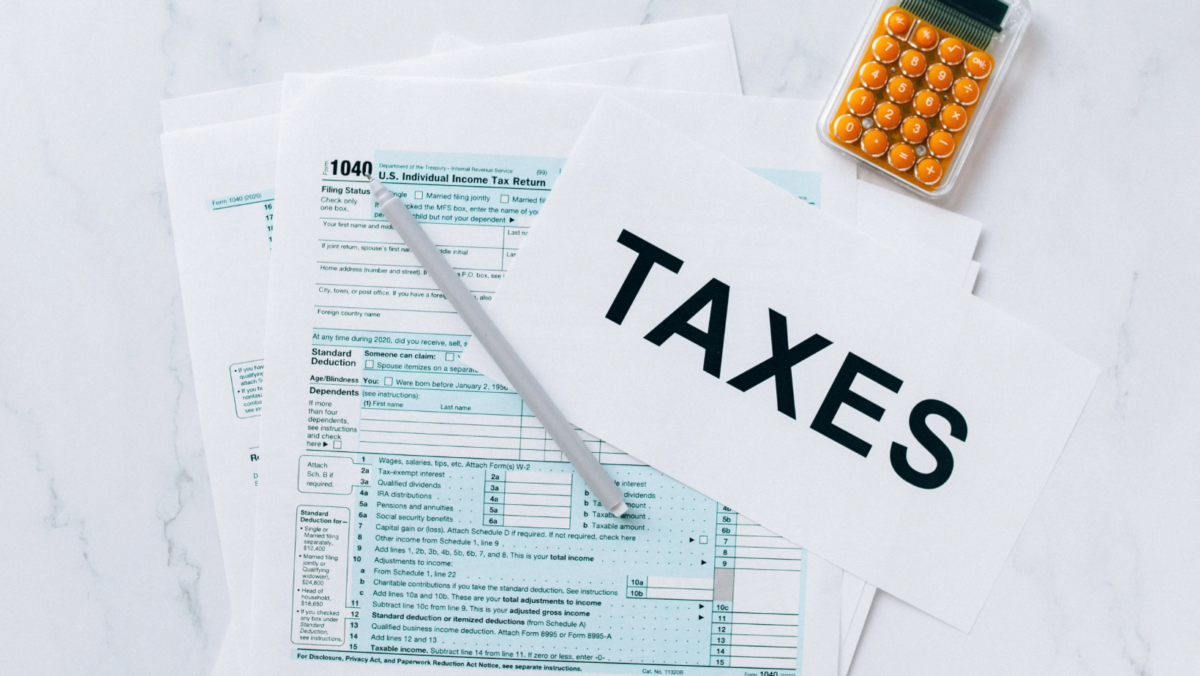With the introduction of Value Added Tax (VAT) in the UAE, businesses face various changes while handling financial matters. If you’re unable to understand its process and make common errors then different problems can occur. These problems can result in hefty penalties, compliance issues, and a host of financial woes.
Common Errors To Avoid While Filling VAT Return in the UAE
- Incorrect Reporting
Make sure that you correctly report your sales and purchases to avoid any discrepancies in VAT calculations. The error of incorrect reporting can occur due to mistakes in data entry or misclassification of transactions. To avoid this issue, regularly reconcile financial records with VAT returns to spot any mistakes.
- Late Filing and Payment
If you do not pay attention to the deadlines of VAT return, then your business will be liable to pay penalties and interest change. Communicate with your team members to stay alert about the deadlines to ensure timely submissions. Moreover, you can also set reminders and make sure that you have enough funds readily available for payments.
- Neglecting VAT Updates
VAT regulations can evolve at any day which makes a compulsion to stay updated with the ongoing changes. If your firm tries to file a VAT return on the basis of the previous regulations, then problems can arise. To overcome this situation of non-compliance, regularly monitor tax updates and adopt VAT procedures accordingly.
- Inadequate Record-Keeping
Your business can face challenges with poor record-keeping practices which hinders VAT compliance. Furthermore, the absence of proper documentation can also cause disputes among tax authorities. Therefore, you should maintain all records of your business consisting of invoices, receipts, and all other relevant documents.
Final Thoughts
To navigate the VAT landscape successfully, you need to stay updated with all the new details and do timely submissions. Avoid some common errors and maintain all of your financial records. Moreover, you can minimize the risk of non-compliance by addressing these common mistakes.


















